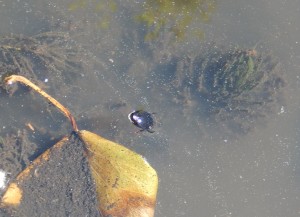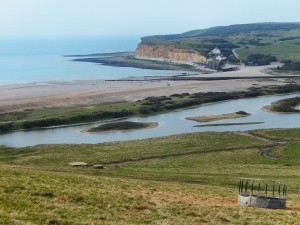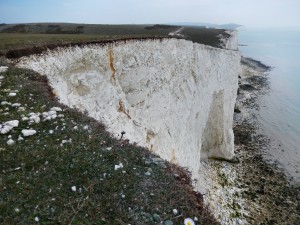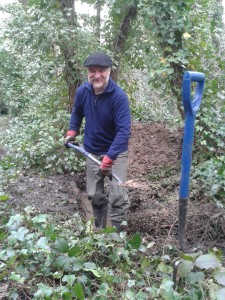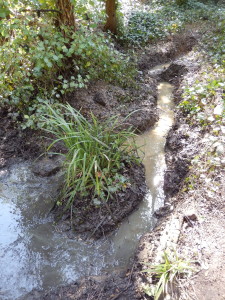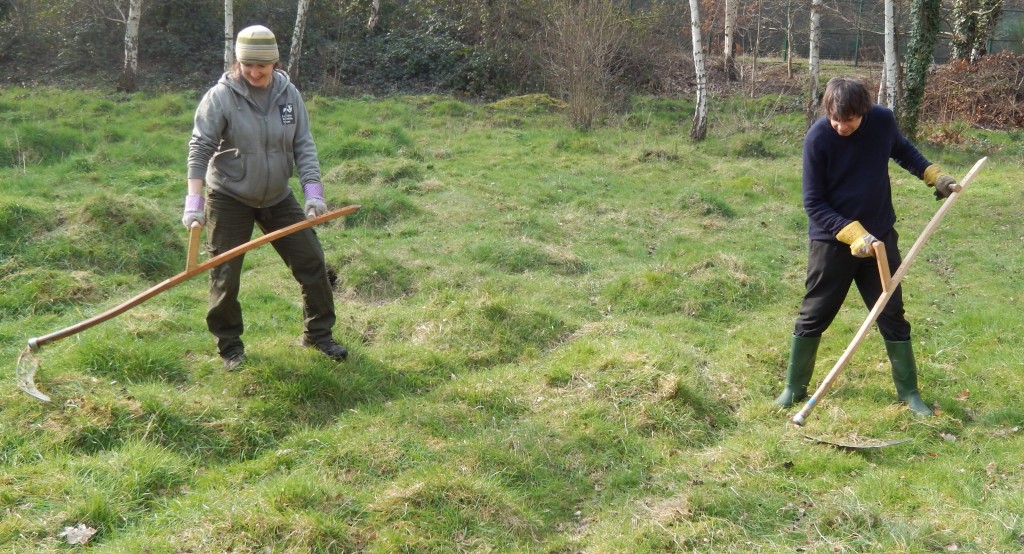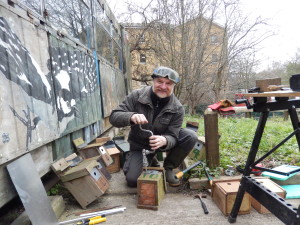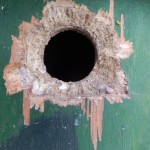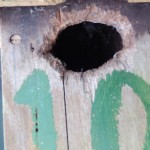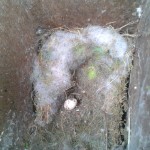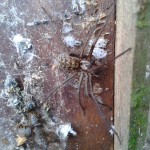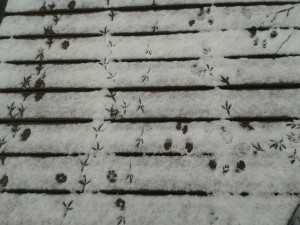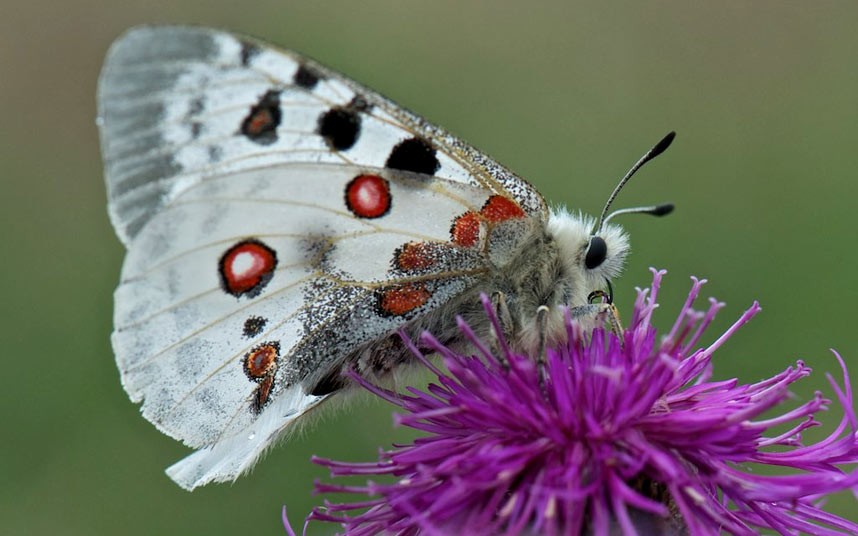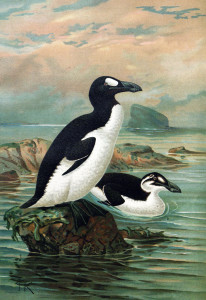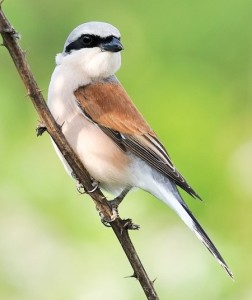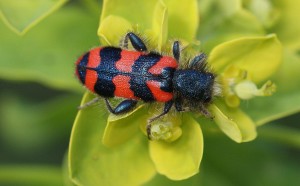Suddenly it’s actually hot in the nature reserve.
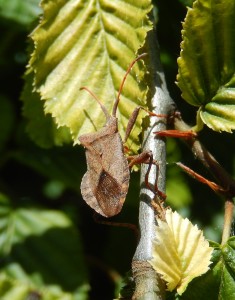
The wildflower meadow in front of the hut shimmered in the sunshine, with bumblebees buzzing around the many Red Campion flowers. A Brimstone visited, for once perching quietly to drink nectar from the flowers. A large brown Shield Bug flew in and clambered up a twig in the hedge. A Red Admiral flew over too. We spent the morning making pegs – like overgrown foot-long sharpened pencils – to fix down the long thin logs we’re using as path edgings. It was pleasant working as a team, with cutting to length and then sharpening with the billhook going on simultaneously.
In the woodland where little shafts of sunlight reached the understory, Speckled Woods danced about or perched.
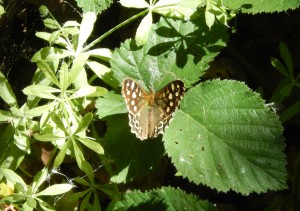
Down at the pond, Azure Blues (the ones with the little drinking-cup mark at the base of their abdomens) darted about, chasing each other off perches and flying in cop with what seemed to be rather few females compared to the number of eager males. A smaller number of Large Red Damselflies similarly chased and mated.

The “Mangrove Swamp” has lost almost all its standing water now: last week it had risen after being very low, but it only takes a few days for the level to fall dramatically. The frog tadpoles in the last pool were wriggling in a few centimetres of muddy water. I scooped them up in a bucket and popped them into the pond, where they’ll have to take their chances with the ducks alongside the toad tadpoles. The toad-poles may be somewhat distasteful like the adults, so perhaps the frog tadpoles are more palatable?
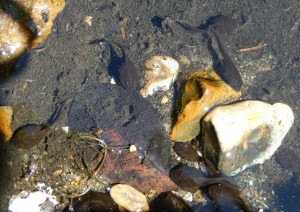
The Yellow Irises on the pond are starting to suffer from Iris Sawfly, a few of the leaves showing many small bite-marks along their margins.
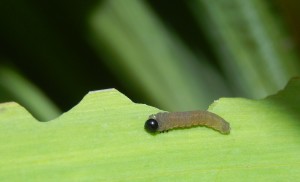
A small diving beetle obligingly came to the surface to replenish its air supply, staying up there for a minute and then zooming down to the bottom when I came close.
